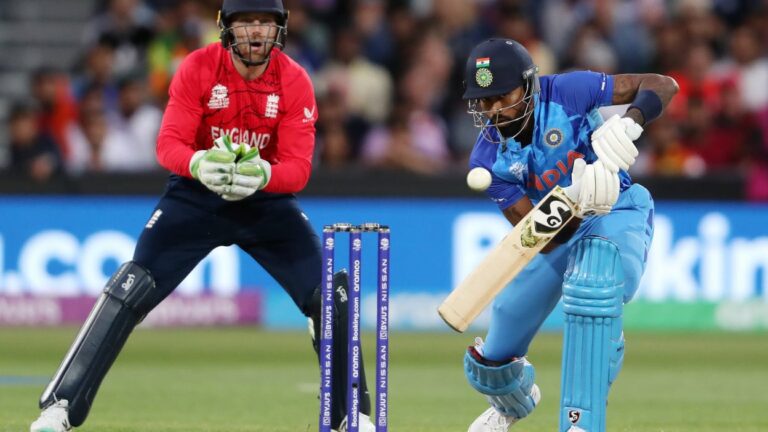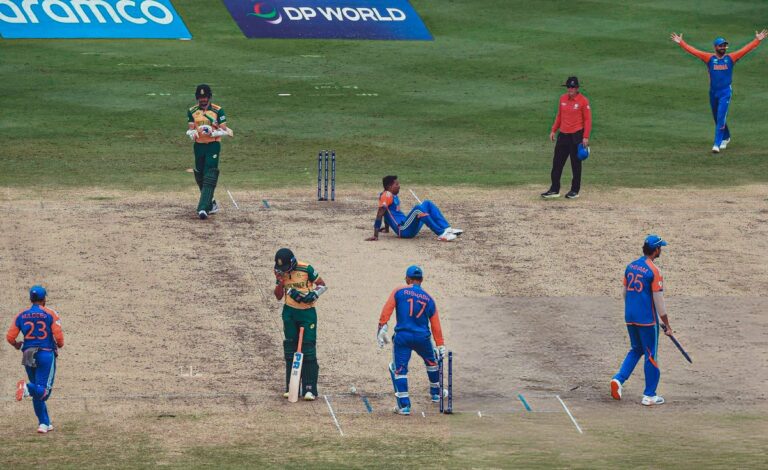Analyzing the Impact of Technology on Umpiring Decisions in Cricket
Sky247, Sky247 Login: Umpiring in cricket has undergone significant changes over the years, adapting to the evolving nature of the game. In the early days, on-field umpires solely relied on their observations and judgments to make decisions during matches. However, as the game became faster and more complex, the need for more accurate and efficient officiating became apparent.
The introduction of third umpires and decision review systems (DRS) has revolutionized the way umpires make crucial decisions on the field. These advancements have not only reduced errors but have also increased the level of transparency and fairness in the game. With the aid of technology, umpires are now able to make more informed decisions, ensuring that the integrity of the game is upheld.
The Role of Technology in Umpiring Decisions
Advancements in technology have significantly transformed the way umpiring decisions are made in the sport of cricket. The introduction of tools like Hawk-Eye, Snickometer, and UltraEdge has revolutionized the accuracy and precision of decision-making on the field. These technological innovations provide umpires with invaluable assistance in determining aspects such as ball tracking, edges, and even the faintest of noises that could influence a decision.
The utilization of technology in umpiring decisions has sparked debates among cricket enthusiasts and players alike. While some argue that technology ensures fairness and reduces human errors, others believe it takes away from the traditional essence of the game. Despite the differing opinions, it is evident that technology has become an integral part of modern cricket, enhancing the overall quality of decision-making and contributing to the evolution of the game.
What technology is commonly used in umpiring decisions in cricket?
Commonly used technology in umpiring decisions in cricket includes ball-tracking technology, ultra-edge technology, and snickometer.
How has technology improved the accuracy of umpiring decisions in cricket?
Technology has improved the accuracy of umpiring decisions by providing tools such as ball-tracking and ultra-edge technology that allow umpires to make more informed decisions based on data and evidence.
Are umpires still required in cricket with the use of technology for decision-making?
Yes, umpires are still required in cricket despite the use of technology for decision-making. Technology is used as a tool to assist umpires in making decisions, but the final call is still made by the on-field umpires.
Can technology in umpiring decisions be challenged or reviewed by players in cricket?
Yes, players in cricket have the option to challenge or review umpiring decisions using the Decision Review System (DRS) which allows teams a limited number of reviews per innings.
What are some of the challenges or criticisms of using technology in umpiring decisions in cricket?
Some challenges or criticisms of using technology in umpiring decisions in cricket include concerns about the accuracy and reliability of the technology, as well as debates around the impact of technology on the human element of the game.







